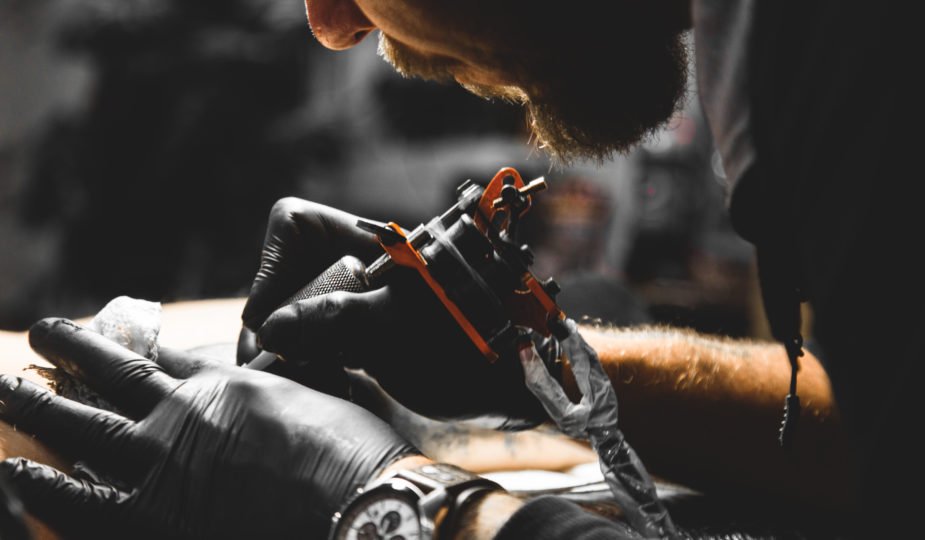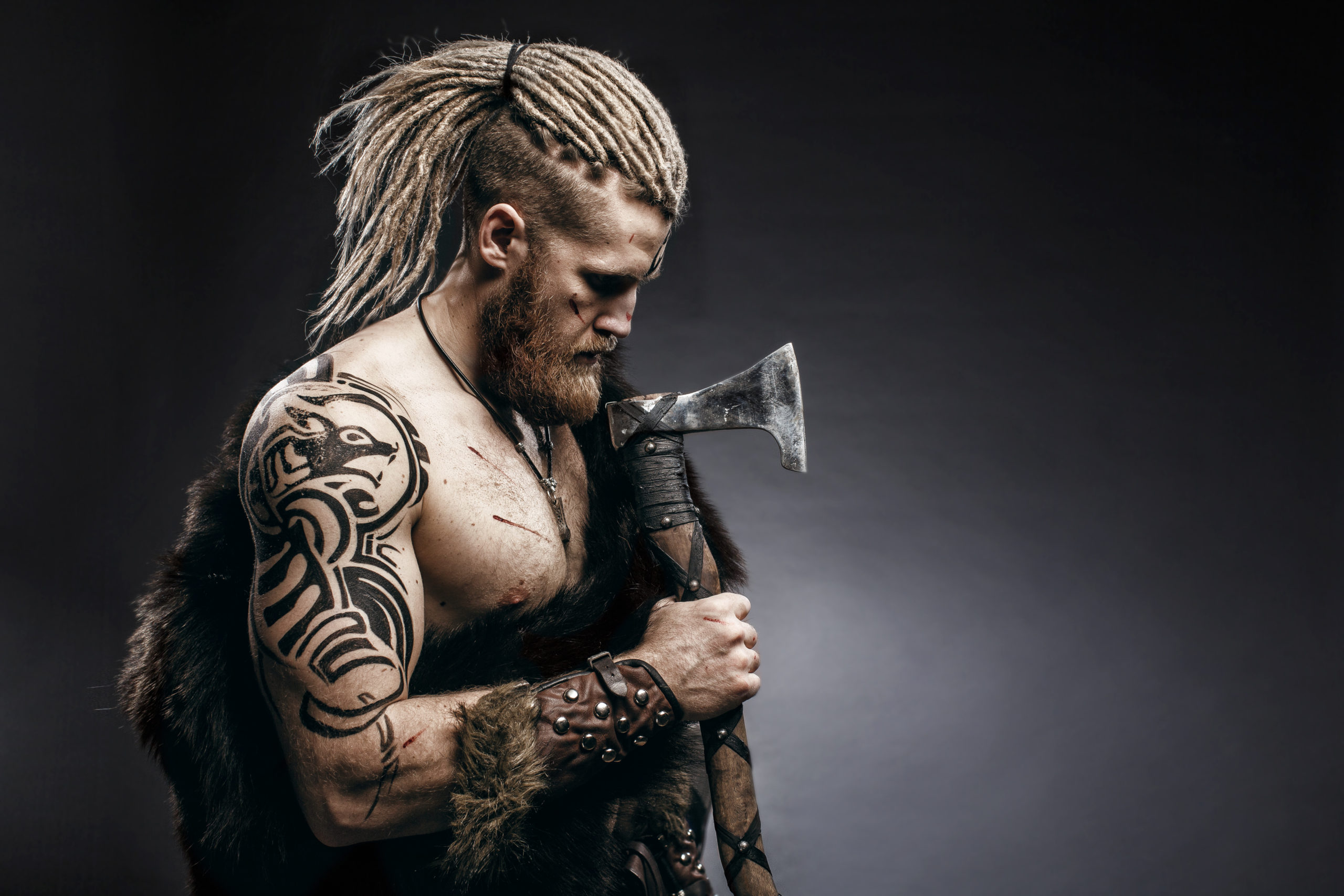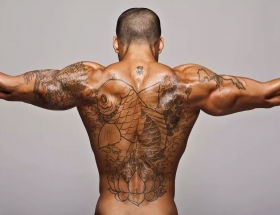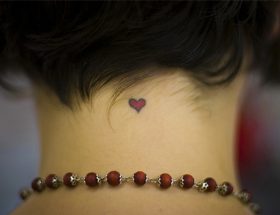
A Compact Guide To Using Norse Symbols As Tattoos
Norse symbols are some of the most beautiful and intriguing characters out there. Their shapes are simple but elegant, and their meanings are rich in history.
As people spend more time thinking about their tattoos, they realize that many of the symbols they want might have particular meanings behind them. For example, some people may not know that the heart symbol isn’t just any symbol for love but, in fact, a pagan fertility symbol. Furthermore, the ankh isn’t just any old cross with a loop on the top; it also represents life.
A favorite among many people, however, are Norse symbols. Indeed, these seem to be trendy tattoo ideas at the moment. But what do they mean?
What Are Norse Symbols?
The Norse symbols come from rich and ancient mythology still studied today. Norse mythology embodies the myths of the North Germanic people, stemming from Norse paganism and continuing after the Christianization of Scandinavia. The northernmost extension of Germanic mythology includes paganism, Christianity, and Scandinavian folklore elements.
Norse mythology tells the story of the world’s creation, the first humans, the gods and goddesses, the great battles between good and evil, and the world’s end. To this day, countless scholars are still studying and learning new things about the complex and fascinating mythology of the Norse people.
Norse symbols often represent different aspects of life, specific gods and goddesses, mythological creatures and elements, and Norse mythology itself.
Why Are They Popular In Tattoos?
In popular culture, many people use Norse symbols for their tattoo designs. Like most characters from ancient and pagan traditions, Norse symbols have a sense of mystery and magic.
For example, circles are often used for Norse tattoos as they represent the cycle of life. And because they come from such an old source, they can be relevant to many people who want to connect with the past.

What Do the Symbols Mean?
If you’re thinking of getting a Norse symbol tattoo and want to make sure it stands for something deep and meaningful, you’ll have to understand what each symbol represents. Norse tattoo symbolism c can mean various things depending on their context and who you ask. However, some commonly accepted meanings can give a general idea of the symbols.
If you’re thinking of getting a Norse symbol tattoo, make sure to do your research and find out the specific meaning behind the symbol you choose. With a little bit of knowledge, you can select a character with deep and personal sense.
Here are some of the most common Norse tattoo symbols and their meanings:
- The Valknut: This symbol is often called the knot of Odin and is associated with the Norse god of war and the dead himself. It consists of three interlocked triangles but is believed to bear bad luck since it’s associated with the dead.
- The Hammer of Thor: Also known as Mjölnir, this Norse symbol represents protection against enemies and is often seen as a provider of blessings. Thor, the Norse god of thunder, wields this weapon and uses it in his battles.
- Yggdrasil: In Norse mythology, the world is believed to be a tree at the center of the universe. It is a massive ash tree with branches reaching the heavens and three roots: one planted in Midgard, the world of humankind; one in Jotunheim, the world of the giants; and one in Hel, the underworld. The tree’s branches extend to all nine worlds, while its leaves are said to feed animals in each of the worlds when they fall off the tree.
- The Ravens of Odin: These two ravens, Hugin and Munin, fly around the world every day and report what they have seen to Odin. As such, they became popular symbols of intelligence and wisdom.
- The Sun: This represents Sol, the personification of the sun in Norse mythology, and is often associated with rebirth, change, and hope.
- The Moon: This represents Máni, the personification of the moon in Norse mythology and is often associated with creativity and magic.
- The Norns: These are three maidens representing fate, chance, and time. They are responsible for the web of fate that binds all people together. Their names are Urd (fate), Verdandi (happening), and Skuld (necessity).
How To Create Your Own Norse Symbol Tattoo
The best way to get a Norse symbol tattoo that’s unique to you is by creating your own design. While this may be challenging, especially if you’re not artistically inclined, you can still do it with the help of some research. You can choose inspiration from different symbols or combine them into one larger image—the possibilities are endless.
If you’re interested in creating your own Norse symbol tattoo, here are a few tips to help you get started:
- Choose a symbol that has significance to you. It could be a personal symbol or something inspired by Norse mythology itself
- Do some research. This will help you choose one that’s significant to you, your loved one, and your life.
- Draw up a few designs before choosing the final one. This will help you ensure that you’re getting the right design and lessen the chances of regretting your decision—remember: tattoos are forever!
- Get an artist’s help. If you don’t think you’re creative enough for the task, it’s best to get help from an artist who can translate your design into a beautiful and meaningful tattoo. They don’t have to be professional creatives—as long as they have an eye for design and you trust them, then you’re in good hands.
- Be patient. It takes time and practice to create a beautiful Norse symbol tattoo. Don’t be discouraged if your first few designs aren’t perfect!
Final Note
Norse mythology is known for its gods, monsters, and heroic tales. They carry allegorical lessons, describing ideas like kinship, love, marriage, and honor. This is why they are a great choice for tattoos, as they are an excellent way to continue these stories while also representing beauty and uniqueness.
Norse symbols don’t just represent Norse mythology and Germanic history. By understanding the meaning behind each symbol, you can find one that can also give importance to who you are as a person.









